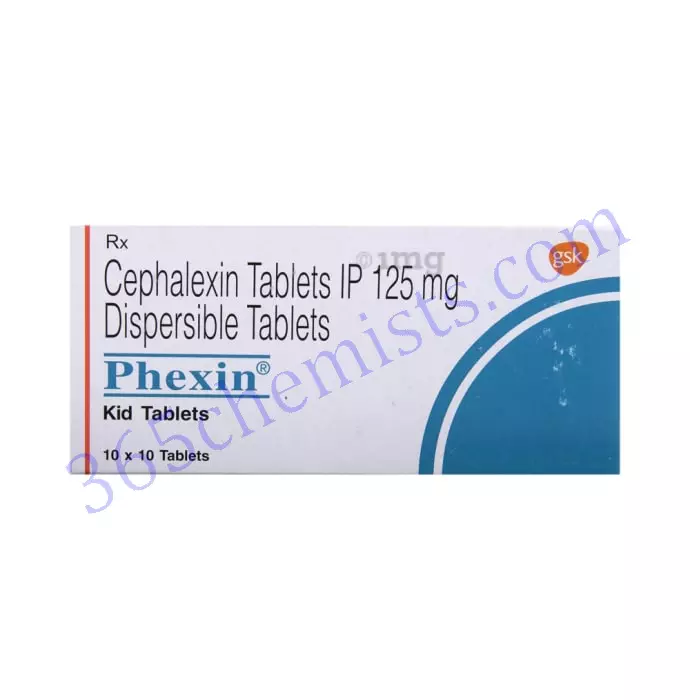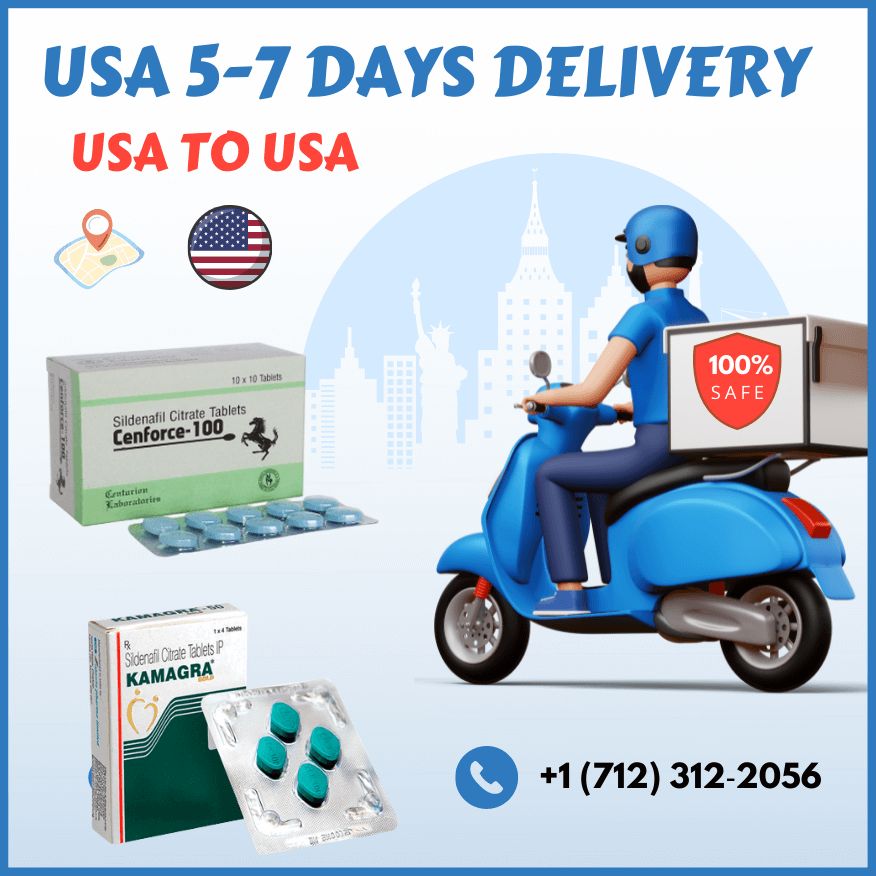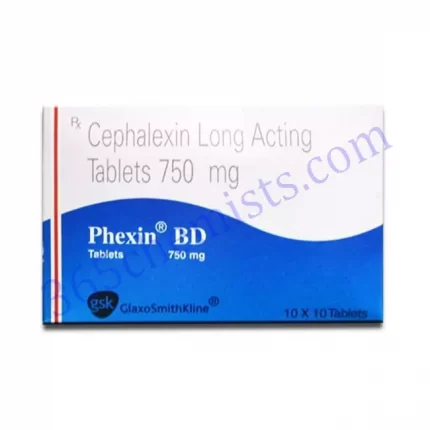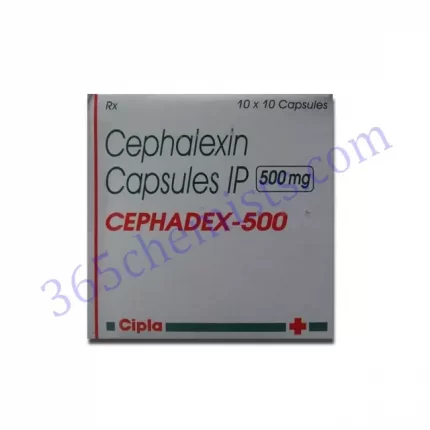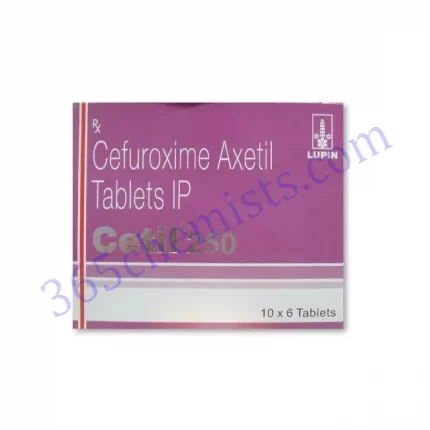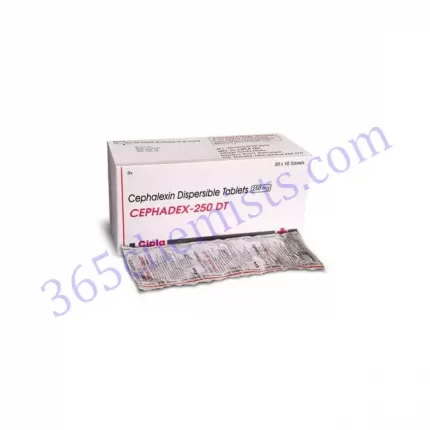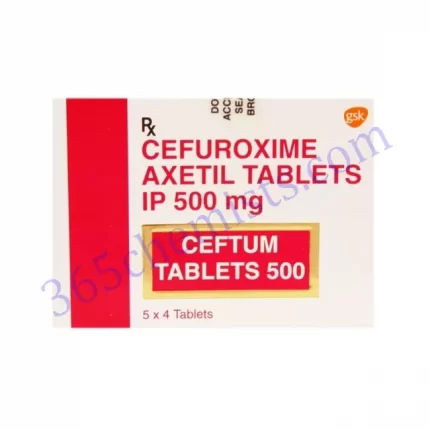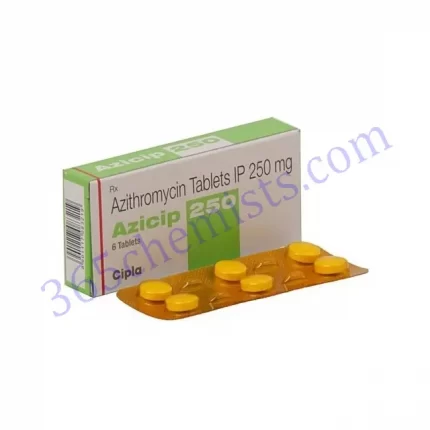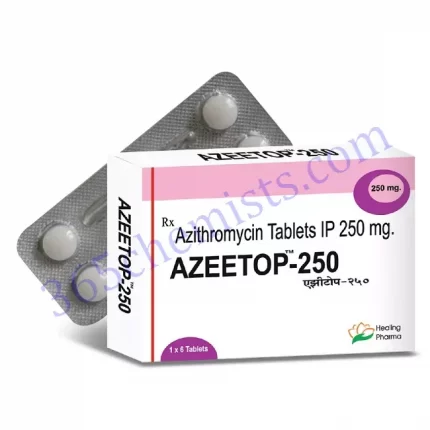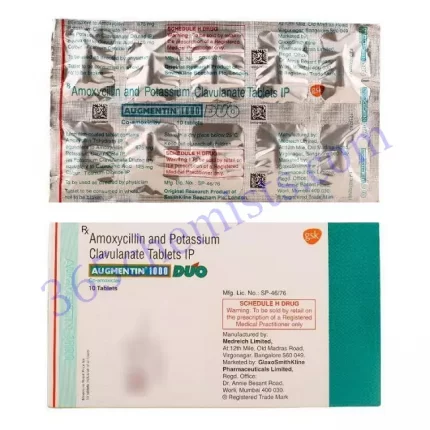Phexin Kid Tablet: A Trusted Antibiotic for Pediatric Infections
Phexin Kid Tablet is a formulation that has been developed specifically for patients of paediatric age. Cefalexin, an antibiotic that falls under the category of cephalosporins, is the substance that serves as the product’s active component. In the following paragraphs, we will provide a detailed explanation of the medication Phexin Kid Tablet, including its indications for use, recommended dosage, potential adverse reactions, and essential safety considerations to keep in mind when administering it to children.
Uses of Phexin Kid Tablet:
In most cases, a paediatrician will recommend Phexin Kid Tablet for the treatment of a variety of bacterial infections in children, including the following:
- Infections of the Respiratory Tract: It is an effective treatment for a variety of infections that can affect the respiratory tract, including tonsillitis, pharyngitis, and otitis media. Phexin Kid Tablet works to eradicate the bacteria that are responsible for these infections, thereby alleviating symptoms such as a sore throat, cough, and pain in the ear.
- Infections of the Skin and Soft Tissues: The Phexin Kid Tablet is prescribed for the treatment of infections of the skin and soft tissues, such as impetigo and cellulitis. It accomplishes its goals by concentrating on the bacteria that are to blame for these infections, which in turn promotes healing and decreases inflammation.
- Infections of the Urinary Tract Phexin Kid Tablet is a medication that is frequently prescribed to treat infections of the urinary tract in children, such as cystitis. It assists in the elimination of the bacteria that are causing the infection, which in turn helps to alleviate symptoms including the need to urinate frequently, pain, and discomfort.
Related product
Phexin BD 375mg Tablet
Phexin BD 750mg Tablet
Phexin Kid Tablet
Phexin 250 mg Tablet
Phexin 500 mg Tablet
Dosage and Administration:
The recommended amount of Phexin Kid Tablet to give a child is based on several factors, including their age, weight, and the severity of the infection. To ensure that the infection is eliminated completely and successfully, it is necessary to take the medication exactly as directed and see the treatment through to its conclusion.
It is necessary to completely swallow the tablet along with some water. It is equally effective whether it is taken with or without food. The healthcare provider will determine the appropriate dosage and length of treatment for the patient based on the specific condition as well as the patient’s reaction to the medication.
Important Precautions:
- Allergies: If the child has any known allergies to Cefalexin or any other cephalosporin antibiotics, the child’s parents or other carers should inform the healthcare provider as soon as possible. Rash, itching, swelling, and difficulty breathing are all potential symptoms of an allergic reaction. In the event that an allergic reaction takes place, immediate medical attention needs to be sought.
- Kidney Impairment: The Phexin Kid Tablet ought to be used with extreme caution in children who suffer from kidney dysfunction. Adjustments to the dose might need to be made depending on how severe the renal impairment is. During treatment, it is recommended to perform routine monitoring of kidney function.
- Phexin Kid Tablet is not recommended for use in women who are pregnant or breastfeeding. Pregnant and nursing women should not take this medication. Before beginning treatment with this medication, it is imperative that a breastfeeding mother discuss her plans to do so with a qualified medical professional.
Common Side Effects:
Phexin Kid Tablet is generally well tolerated in children; however, similar to any other medication, it has the potential to cause a variety of adverse effects. Gastrointestinal problems like nausea, vomiting, diarrhoea, and abdominal pain are examples of common adverse effects that may occur. In most cases, these adverse effects are mild, and they go away on their own. It is essential to get medical help as soon as possible if you experience any symptoms that are severe or unusual.
Drug Interactions:
Phexin Kid Tablet may have an interaction with other medications, such as probenecid, which can cause the effects of Cefalexin to last for a longer period of time. It is essential to provide the healthcare provider with information regarding any and all medications that are currently being taken by the child. This includes not only prescription drugs but also over-the-counter medications, herbal supplements, and vitamin products.
Storage:
The Phexin Kid Tablet ought to be kept in a dark, dry, and cool location, shielded from both moisture and direct sunlight. Make sure that children can’t get their hands on it. If the tablet’s packaging is damaged or if it has passed its expiration date, you should not use it.
Summary:
Cefalexin, which is contained in the Phexin Kid Tablet, is a tried-and-true antibiotic that is effective in treating a variety of infections that affect children, including those of the respiratory tract, skin and soft tissue, and urinary tract. It is essential to take the medication exactly as directed, in the correct quantity, and for the full duration of the recommended treatment course. One of the most common adverse effects is disruptions in gastrointestinal function. In the event that you have known allergies or kidney function that is impaired, you should take precautions. There is a possibility of Phexin Kid Tablet interacting with other medications; therefore, it is essential to inform the healthcare provider about all medications that are currently being taken. It is imperative to both store items correctly and pay attention to their use-by dates. Parents and other carers can ensure that the Phexin Kid Tablet they give their children for the treatment of bacterial infections will be effective by following the guidelines that are provided and discussing the matter with a qualified medical professional.

